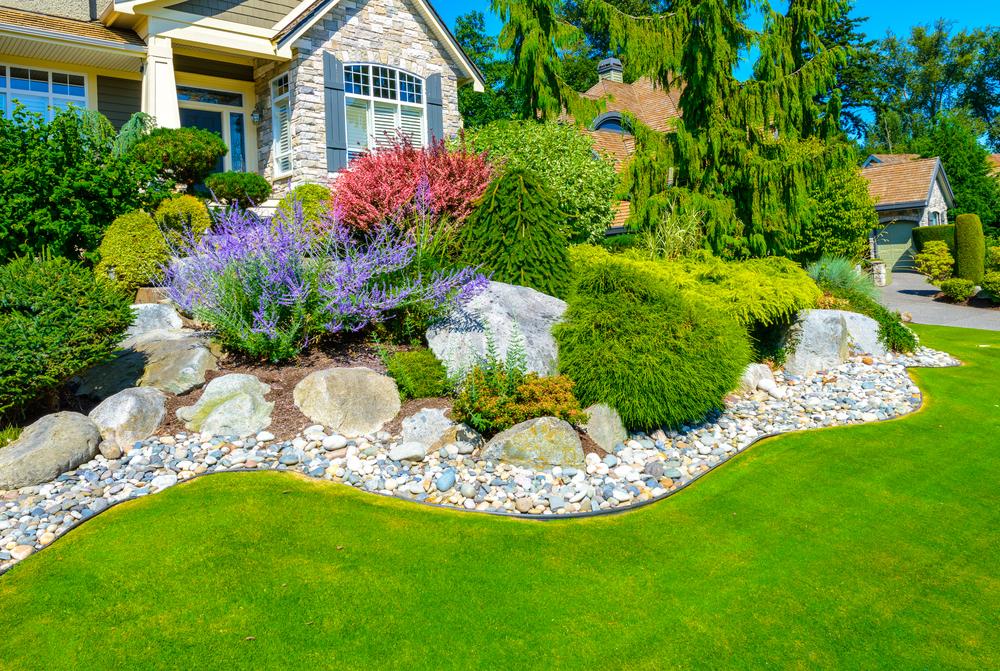Desert-Friendly Grasses for Your Home’s Landscape
Although the desert is associated more with salt pans and sand than grasses, there is a great variety of the prolific monocots that are indigenous to the desert environment. They can range in height from the low-lying false grama to the 3-foot-tall Arizona cottontop.
Native Grasses
Some native desert grasses include false grama (as previously mentioned), arrowgrass, wheatgrass, cheatgrass, buffelgrass, vine, curly mesquite, bristlegrass, burrograss, and tanglehead.
Some desert grasses may even look like shrubs more than they do grass. The desert isn’t exactly known for its verdant meadows carpeted with grass. For this reason, you might instead opt for turf grass as the base of your home’s landscape and buy pavers in Las Vegas to complete the look.
Turfgrasses
If you do opt for turfgrass, your lawn will require a greater amount of your concern and attention as you will essentially need to simulate its native environment in order to keep it alive. Native desert grasses, on the other hand, survive on their own in the arid habitat.
Some turfgrass options include Bermudagrass, zoysia grass, buffalo grass hybrids, St. Augustine grass, tall fescue, ryegrass, and Kentucky bluegrass.
These grasses all have proven track records of survival in difficult desert terrains, such as that surrounding Las Vegas. When installing the turfgrass of your choosing, you’ll want to avoid substituting turfgrass for ground cover, as the low-lying native desert plant will consume less water than the turfgrass. You’ll also want to avoid planting turf grass on a higher-grade, sprinkler-irrigated slope in order to prevent runoff and uneven irrigation.





